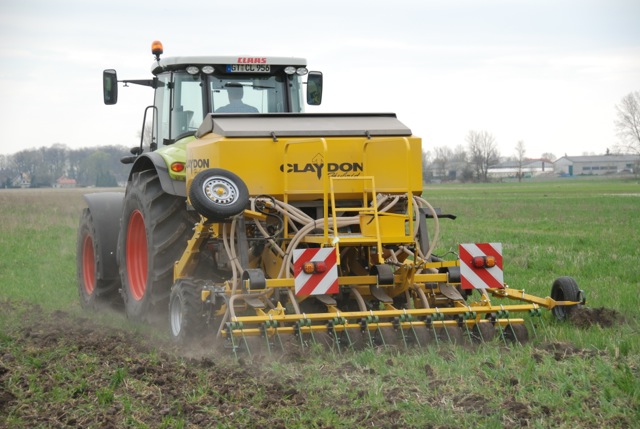While most reseeding in Ireland takes place in autumn, Teagasc says this may make sense from a feed budget perspective but it does have some negative consequences.
Teagasc staff in the Grassland Department, Dairy and Beef Specialist teams in Moorpark have done extensive research on reseeding. In a recent update of their work the issue of the timing of reseeding was examined. Its research has shown soil conditions deteriorate as autumn progresses – lower soil temperatures can reduce seed germination, and variable weather conditions reduce the chances of grazing the new sward. The opportunity to apply a post-emergence spray in autumn is also reduced as ground conditions are often unsuitable for machinery. Pest damage can also be a problem in the autumn.
Teagasc stresses that spring reseeding offers farmer’s greater flexibility. It says swards reseeded in spring will have similar, or even greater, total herbage production in the year of reseeding as will old permanent pasture.
Establishing white clover in a spring reseed is more reliable than in autumn due to the stability of soil temperatures in late spring. Post emergence spraying for weed control is usually very successful with spring reseeding due to favourable weather conditions in summer.
Whether reseeding in spring or autumn, it generally takes a sward around 11 months to fully establish, so good grazing management in that early growth phase is very important.
Turnaround time
Teagasc note the target turnaround time in which to get a reseed back into production should be 60 days. Generally farmers are slow to reseed pastures because they view that paddocks are out of production for too long.
The time that the sward is out of production can be minimised by cultivating 7-10 days after spraying off the old grass – a major failing at farm level is to wait too long after spray off.
Teagasc concede prevailing weather conditions will influence this decision, but the objective must be to minimise the non-productive period and weather conditions in spring are generally more stable and predictable than in autumn.
Key Advice
- Spray off the old sward. If there are perennial weeds such as docks and ragwort present use a glyphosate spray.
- Begin cultivation 7-10 days after spray off
- Ensure a low level of thrash in the pre-cultivation sward, particularly for minimum cultivation techniques (graze tight or top or mow tightly). Trash will be buried if ploughing.
- Target a short turnaround time – <60 days
- Use a post emergence spray early (5-6 weeks post sowing/at the seedling stage of weeds)
- Ensure a firm seed bed, irrespective of reseeding method used
- Roll to ensure seed to soil contact, even if rolling isn’t possible at sowing, roll before first grazing – otherwise loose plants will get pulled at grazing
- Monitor for pest attack, especially in autumn (slugs, leather jackets, fruit fly and rabbits are the main threats)
